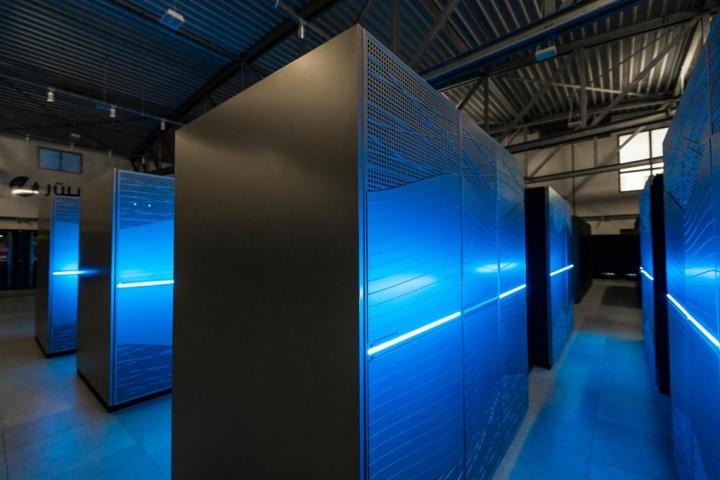
Credit: Forschungszentrum Jülich/Sascha Kreklau
Supercomputers around the world work around the clock on research problems. In principle, even novel materials can be simulated in computers in order to calculate their magnetic and thermal properties as well as their phase transitions. The gold standard for this kind of modelling is known as the quantum Monte Carlo method.
Wave-Particle Dualism
However, this method has an intrinsic problem: due to the physical wave-particle dualism of quantum systems, each particle in a solid-state compound not only possesses particle-like properties such as mass and momentum, but also wave-like properties such as phase. Interference causes the “waves” to be superposed on each other, so that they either amplify (add) or cancel (subtract) each other locally. This makes the calculations extremely complex. It is referred to the sign problem of the quantum Monte Carlo method.
Minimisation of the problem
“The calculation of quantum material characteristics costs about one million hours of CPU on mainframe computers every day”, says Prof. Jens Eisert, who heads the joint research group at Freie Universität Berlin and the HZB. “This is a very considerable proportion of the total available computing time.” Together with his team, the theoretical physicist has now developed a mathematical procedure by which the computational cost of the sign problem can be greatly reduced. “We show that solid-state systems can be viewed from very different perspectives. The sign problem plays a different role in these different perspectives. It is then a matter of dealing with the solid-state system in such a way that the sign problem is minimised”, explains Dominik Hangleiter, first author of the study that has now been published in Science Advances.
From simple spin systems to more complex ones
For simple solid-state systems with spins, which form what are known as Heisenberg ladders, this approach has enabled the team to considerably reduce the computational time for the sign problem. However, the mathematical tool can also be applied to more complex spin systems and promises faster calculation of their properties.
“This provides us with a new method for accelerated development of materials with special spin properties”, says Eisert. These types of materials could find application in future IT technologies for which data must be processed and stored with considerably less expenditure of energy.
###
Science Advances 2020: Easing the Monte Carlo sign problem; Dominik Hangleiter, Ingo Roth, Daniel Nagaj, Jens Eisert
Media Contact
Prof. Jens Eisert
[email protected]
Original Source
https:/
Related Journal Article
http://dx.




